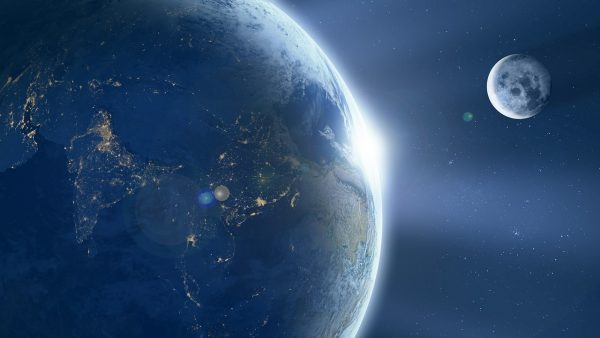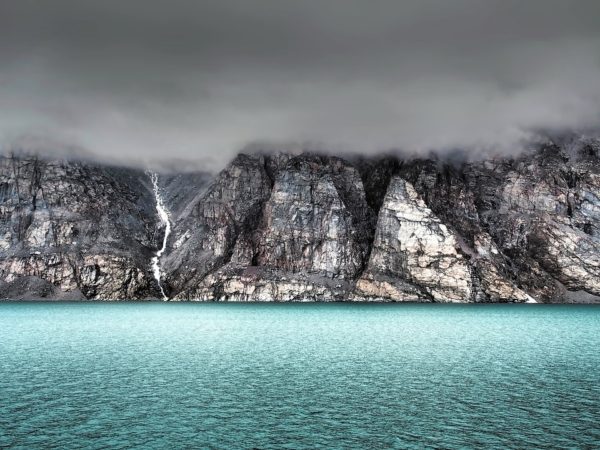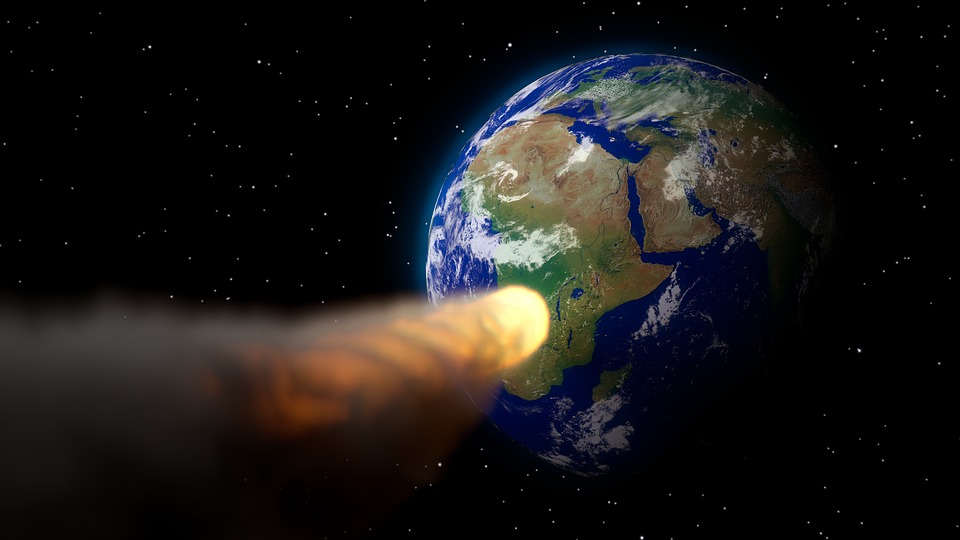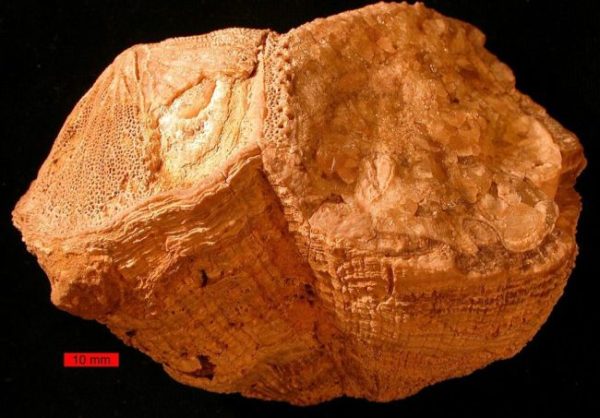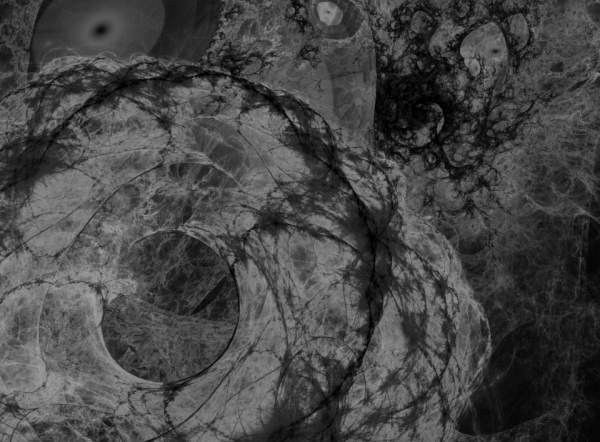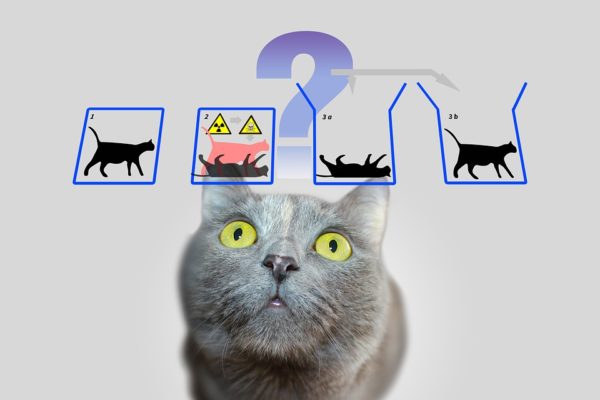The Corona Virus Is Making the Earth Vibrate Less
Once-crowded city streets are now empty. Highway traffic has slowed to a minimum. And fewer and fewer people can be found milling about outside. Global containment measures to combat the spread of the coronavirus have seemingly made the world much quieter. Scientists are noticing it, too. Around the world, seismologists are observing a lot less ambient seismic noise — meaning, the vibrations generated by cars, trains, buses and people going about their daily lives. And in the absence of that noise, Earth’s upper crust is moving just a little less. Thomas Lecocq, a geologist and seismologist at the Royal Observatory … Read more



